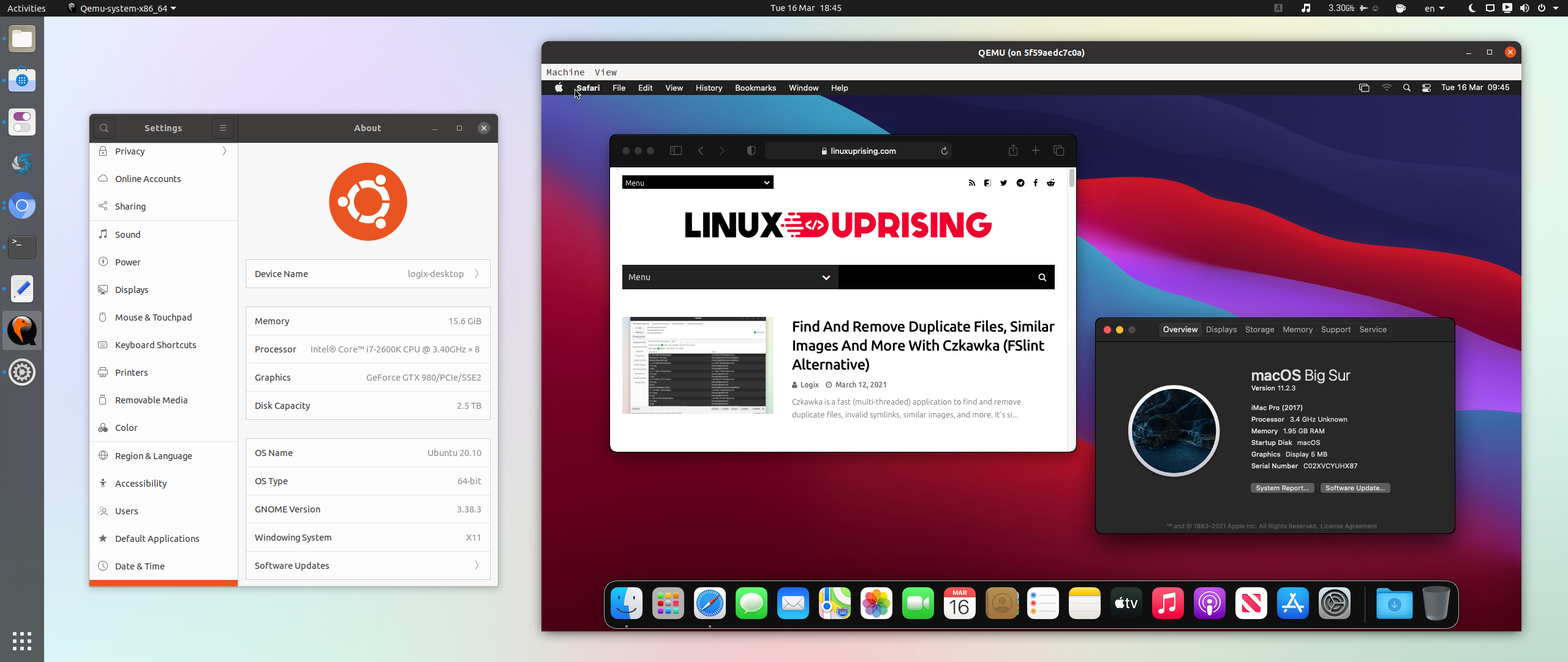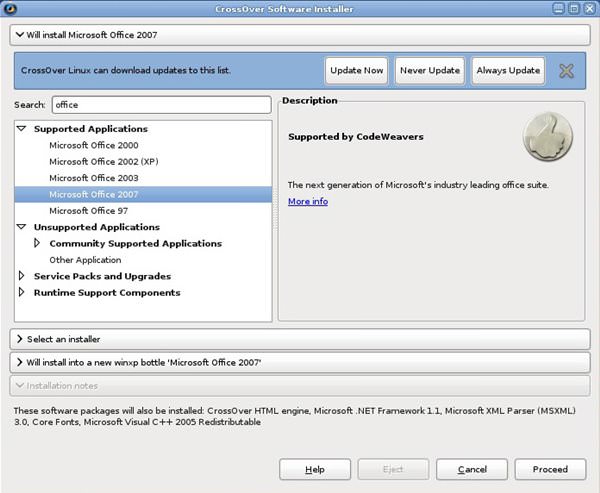

- #Wine virtual machine software for mac install
- #Wine virtual machine software for mac mac
- #Wine virtual machine software for mac windows

When it comes to performance, Parallels Desktop is about as good as it gets for virtual machines.
#Wine virtual machine software for mac windows
Touch Bar support includes functions in Microsoft Office apps, as well as Windows Task Bar. If you’ve previously installed Windows on a Boot Camp partition, you can use that partition as a virtual machine, allowing you to boot into it from within Parallels without re-booting your Mac.
#Wine virtual machine software for mac install
Parallels Desktop allows you to install Linux, or a different version of macOS, say a beta of the next version if you don’t want to install it on your Mac. Of course, virtual machines aren’t just about running Windows on your Mac.

Or, if you prefer, you can shrink Windows desktop down to a thumbnail preview, so it doesn’t get in the way but you can keep an eye on what it’s doing. It also allows you to make the Windows desktop ‘invisible’ when you’re running apps, so it looks like you’re just running Windows apps in macOS. The latest version of Parallels Desktop has support for features in the latest Macs, like the MacBook Pro’s Touch Bar. We’ll discuss Virtual Box in the next section. There are three contenders here: Parallels Desktop, VMWare Fusion, and VirtualBox. Virtual machine applications don’t come with Windows installers, so you’ll need to supply your own, along with a licence key. The other thing you’ll need is a copy of Windows. Most modern Macs should run any of the virtual machine applications described here without a problem. You’ll also need at least 16-20GB of hard drive space, and that’s before you start installing applications and saving files. However, running a virtual machine alongside macOS needs lots of memory (at least 8GB in total, and more if you want to run more than one virtual machine) and at least two processor cores.
#Wine virtual machine software for mac mac
Can I run a virtual machine on my Mac?Īs long as your Mac has an Intel processor (and it will have unless it’s more than 12 years old), in theory it can run a virtual machine. You can even set up the virtual machine to use Mac keyboard shortcuts instead of their Windows equivalents. A virtual machine can share accessories like printers and external storage with your Mac, and you can copy and paste between the two operating systems. Or you can use Mission Control to swipe between them. If you have two screens connected to your Mac, you can have macOS on one and Windows on the other. Once you launch it and ‘boot’ the virtual PC, Windows VM on Mac behaves like any other Windows machine, except that it’s running inside a window on your Mac.

That means you can have multiple virtual machines on the same Mac. The whole virtual machine, with the operating system and all its applications, is stored inside one big file on your Mac. What is a virtual machine?Ī virtual machine (VM) is a computer that’s created in software and looks and feels just like a real PC. If you want to run Windows and macOS side by side, you’ll need to create a Windows virtual machine for Mac. While that method means running Windows natively and so is optimal in terms of performance, it means you have to reboot every time you want to move between operating systems and you can’t, for example, copy and paste between macOS and Windows. You can then boot into whichever operating system you choose. One is to partition your main drive using the built-in Bootcamp Assistant and then install Windows on the partition that doesn’t house macOS. If you want to run Windows on your Mac there are two ways to do it.


 0 kommentar(er)
0 kommentar(er)
